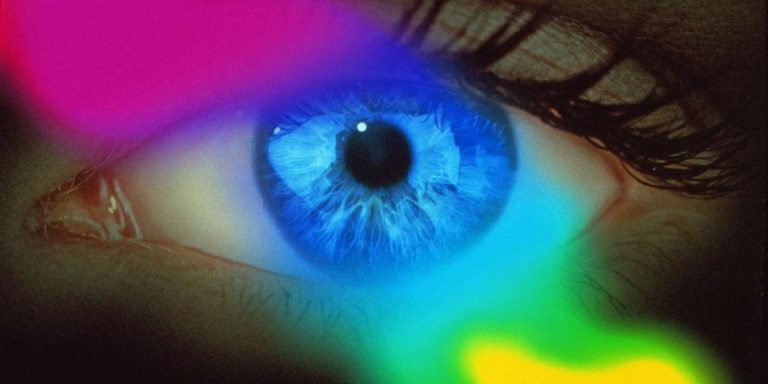The Mysterious Allure of Green Eyes: Superstitions and Beliefs Through the Ages
Green eyes have captivated humanity for millennia. Only 2% of the world’s population has green eyes, adding to their mystique and fascination. From the ancient Greeks to modern day, green eyes have been associated with many superstitions and beliefs.
The Rarity of Green Eyes
Green eyes are the rarest eye color in the world, which has contributed to many myths and legends surrounding them. But what causes green eyes? The green hue comes from a rare combination of:
- Low melanin pigment in the iris
- A small amount of yellow lipochrome pigment
- Stroma that scatters light through the iris
This unusual blend of factors allows light to reflect off the yellow pigment and through the low melanin iris, creating a green color. The rarity of these physical traits occurring together is why only 2% of people worldwide have green eyes.
Revered in Ancient Greece and Rome
Some of the earliest recordings of green eyes come from ancient Greek and Roman civilizations. They considered green eyes to be mystical, associated with the Greek goddess Athena, the goddess of wisdom, skill, and warfare. There are also records showing that many Roman emperors and elites such as Nero, Caligula, and Constantine had green eyes.
Back then, green eyes were seen as a sign of supernatural favor and blessing. People with green eyes were treated with great respect and believed to have unique talents or spiritual gifts.
The “Evil Eye” and Medieval Superstitions
However, during the Middle Ages, green eyes became associated with witchcraft and evil. As pagan religions were replaced by Christianity across Europe, pre-Christian beliefs and superstitions were demonized.
This included folklore about the “evil eye”—malicious supernatural harm caused by provoking envy or the ill will of others. People with unusual green eyes were accused of being witches or warlocks with the power of the evil eye.
Red Hair and Freckles Too: The “Witch’s Mark”
Medieval Europeans not only associated green eyes with witchcraft, but also red hair and freckles. This combination of physical traits was called the “witch’s mark.”
People, mostly women, with green eyes, red hair, and freckles were singled out and persecuted during the witch hunts of the 15th-17th centuries. Tens of thousands were executed for witchcraft simply for having these natural physical traits.
The “Faerie Folk” and Changelings
Irish and Celtic folklore held different beliefs about green eyes. As Christianity spread in Ireland, beliefs arose that people with green eyes were descendants of the displaced magical “faerie folk” who once inhabited the land.
Myths told of faeries replacing faerie babies with human babies who had green eyes. These “changelings” came from the secret faerie world and were given to humans. This folklore gave green eyes an aura of otherworldliness and danger.
Symbols of Passion and Attraction
While there have been many negative superstitions around green eyes, they have also been seen as mysterious and alluring. In the 19th century, green eyes became seen as a sign of passion.
Famous writers and poets such as Shakespeare, Edgar Allen Poe, and William Butler Yeats romanticized green eyes, writing that they revealed intelligence, creativity, and hidden passions. This new cultural attitude shifted green eyes into being seen as desirable and attractive.
The “Green-Eyed Monster”
Perhaps the most iconic modern association with green eyes is the phrase “green-eyed monster” referring to jealousy. This term came from Shakespeare’s Othello, written in 1603.
In the play, green-eyed jealousy leads to false accusations of adultery and eventually murder. Shakespeare chose to make jealousy green-eyed because of well-known superstitions in England at that time that people with green eyes had evil supernatural powers.
Green Eyes in Genetics and Heredity
Today, science has uncovered the genetic factors behind green eyes. We now know that green eyes are caused by a rare combination of genetic variants passed down through families.
The main contributor is a gene called OCA2 which comes in different alleles. An uncommon variant of OCA2 decreases melanin production while increasing lipochrome pigment. This gets passed down generation after generation, concentrating in small populations and ethnic groups.
Uncertainty and Mystery Remain
While we have a scientific explanation, green eyes remain rare and special. The uncommon blend of genetic quirks that leads to green eyes makes their very existence seem like a mysterious trick of nature.
Green eyes are still seen as unique and attractive. And while we no longer associate green eyes with witchcraft or the supernatural, perhaps a bit of their allure still comes from ancient superstitions rooted deep within our shared human psyche. Their rarity ensures that green eyes will continue to fascinate us for ages to come.







